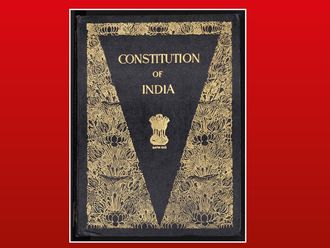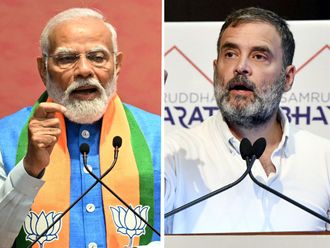More than 9,500 people have been killed in eastern Ukraine in the past two years since pro-Russian separatists declared a series of autonomous republics based around the cities of Donetsk and Lughansk. A ceasefire agreement reached last spring in Minsk between Russia, Ukraine, Germany and France managed to contain what was the worst outbreak of violence and the gravest threat to East-West relations since the end of the Cold War.
That Minsk agreement, however, only allowed for a cessation in hostilities and laid out territorial boundaries that, once accepted on the ground, resulted in a general cessation of fighting. The agreement neither addressed the full resolution of the crisis, nor did it offer answers to the political issues at the heart of the bitter dispute.
In Berlin, German Chancellor Angela Merkel hosted Russia’s President Vladimir Putin, French President Francois Hollande and Ukraine’s President Petro Poroshenko on Wednesday in a meeting, which was described as “difficult” to try and lay the groundwork for a long-term political agreement. While the meeting did not provide a breakthrough diplomatic solution, it did at least manage to have all parties agree to draw up a roadmap for applying the frayed 2015 Minsk peace accords following months of impasse.
Putin, on his first visit to Berlin since the conflict erupted, stressed that the Minsk accords remained the best path towards a lasting resolution to war in eastern Ukraine.
While Russia denies helping the rebels directly, a report into the downing of a Malaysia Airlines passenger plane over the region 16 months ago laid the blame on a missile system that was moved into the separatist’s enclave from Russia. Now, with all parties agreeing on a roadmap, there is at least a way forward from this impasse.








